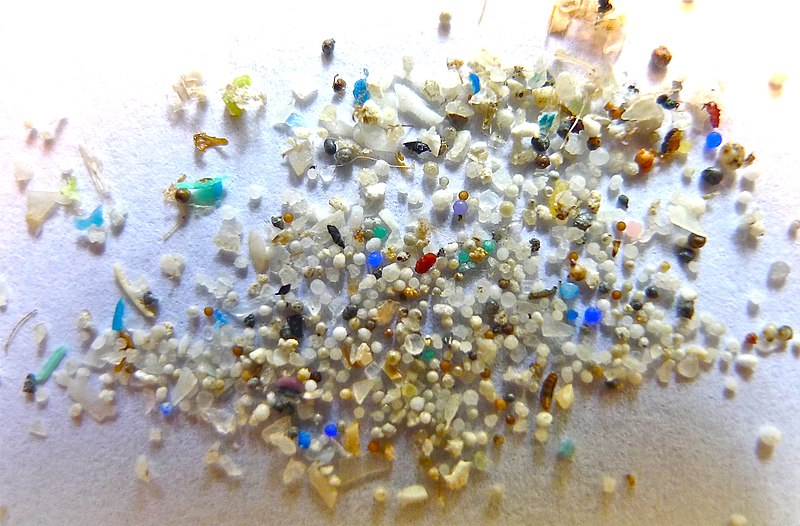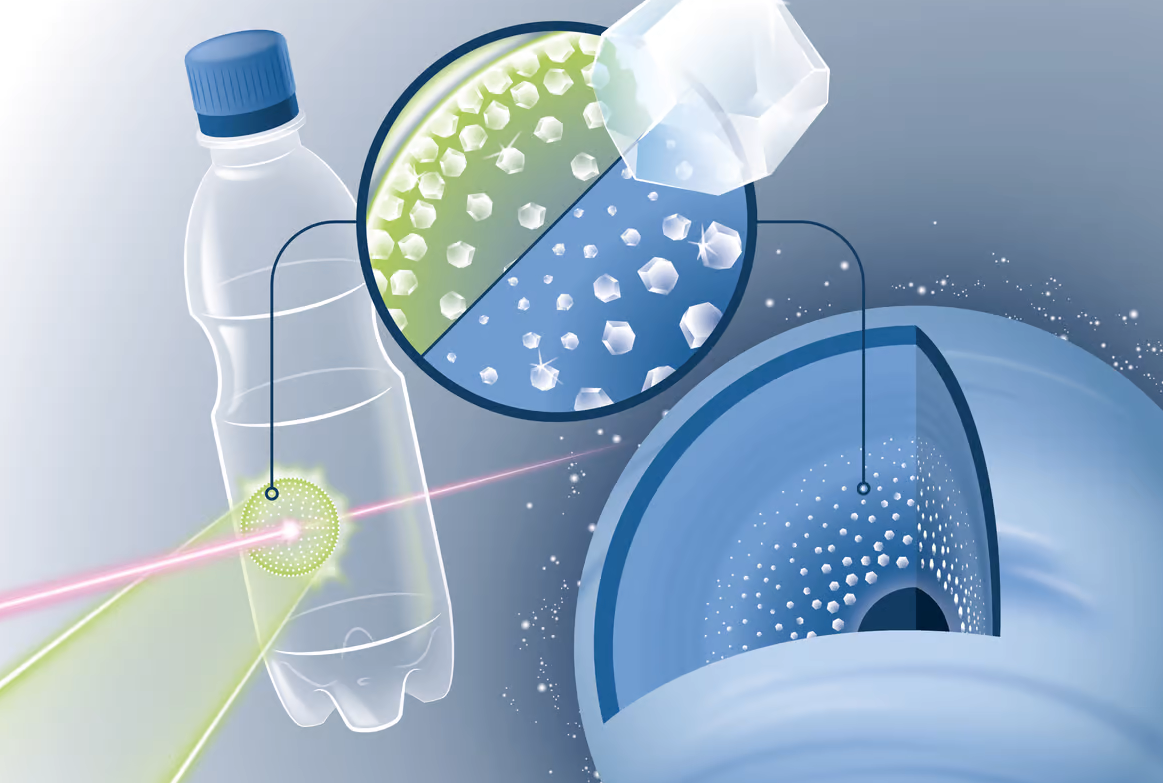A Revolutionary Method for Transparent Body Fluids
Researchers at Graz University of Technology (TU Graz) have developed a groundbreaking technique to detect and quantify nanoplastics in transparent body fluids like tears, blood plasma, and urine. This new approach uses a spectroscopy-based method, where a laser beam interacts with particles in the fluid to identify them based on their size and chemical properties.
How the Detection Works
To achieve this, TU Graz collaborated with BRAVE Analytics to create a sensor platform that pumps the fluid through a small glass tube. A weakly focused laser beam then passes through the fluid. As a result, when the laser interacts with nanoplastics, it causes them to move differently depending on their size—this response is then used to detect and analyze the particles.
Testing the Sensitivity
To evaluate the method’s accuracy, the researchers introduced standardized polystyrene beads (~200 nm) into various liquids. Impressively, the detection limits were:
-
0.002 μg/L in distilled water
-
20 μg/L in sea salt solution
-
200 μg/L in human amniotic fluid
These results clearly demonstrate the method’s high sensitivity across both simple and complex samples.
Addressing a Growing Health Concern
Today, more than ever, there is growing concern about nanoplastics entering the human body through food, air, and water. While many particles are excreted, some accumulate in organs and body fluids. Therefore, the ability to detect and quantify these particles is crucial for understanding potential health risks.
Future Applications: Eyes on Eye Health
Looking ahead, the research team is applying this method to a new area: evaluating whether intraocular lenses release nanoplastics into the eye. This topic has never been studied before. Currently, initial findings have already been submitted to scientific journals.







